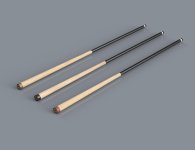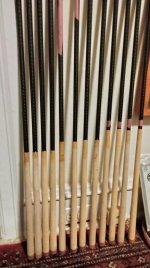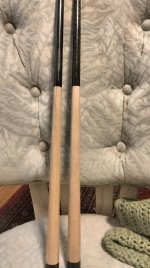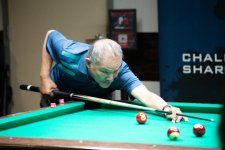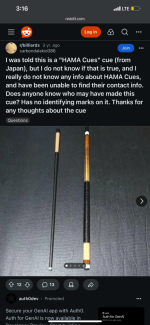DeeDeeCues
Well-known member
I wouldn't want to sell something like that, a few nice captain hook style break are going to really test that connection.
That all depends on a lot of factors. Don't presume that I've fully explained the construction. Or that I ever will.

